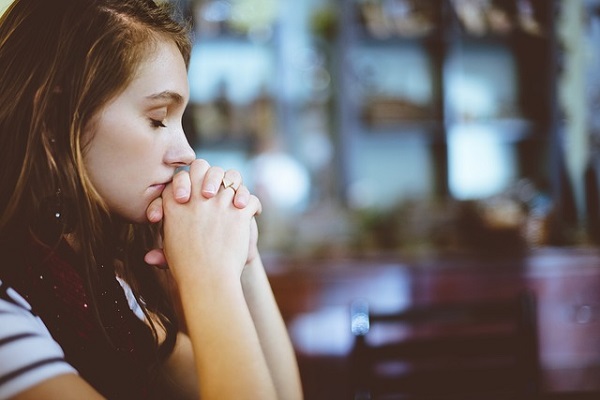
In America there’s a gender gap in religion.
History shows influential religious leaders like Moses, Muhammad, and Jesus to be predominantly male. Roman Catholics permit men to be clergy but not women. The same template is followed by some other religions, including Orthodox Jews. A few denominations like evangelical Protestants have lifted such a restriction only a few years back. Even then it is found that women dominate the numbers among the faithful[/tweetit].
Women are More Religious Than Men in the US[/tweetthis]
The gender gap among the religions has been studied by social scientists for many years. Some theories have been put forward to explain this phenomenon. A few social scientists have speculated women are much more biologically inclined to faith.
Devotional habit is also different between the sexes. Daily prayers are said by 74 percent of Christian women. For men, it is 60 percent. The prayer gap is especially prominent for mainline Protestants and Catholics. 67 percent of Catholic women say they pray daily and only 49 percent of Catholic men. 62% of mainline Protestant women pray daily, and only 44% of men say the same. The only exception to this trend was the Mormons. 86 percent of women and 84 percent of men pray daily.
When it comes to women who follow a religion other than Christianity, men attend more services compared to women. This is as religious restrictions on Muslims and Jews prioritize the participation of men in worship services. For example, communal worship cannot start in Orthodox Judaism unless a quorum of a minimum 10 men or a minyan is present. Similarly, Muslim men must attend the Friday midday mosque prayers. Women could fulfill such obligations on an individual basis, both inside the mosque or outside it. The result is a mixed pattern of attendance. More Christian women attend church services, and more Jewish and Muslim men attend synagogue and mosque services.
Interestingly, there's virtually no gender gap among Mormons. US gap is bigger than in other countries | Christian women in the U.S. are more religious than their male counterparts https://t.co/e4fXzAO35j via @pewresearch
— Mark Melton (@MarkJMelton) April 6, 2018
